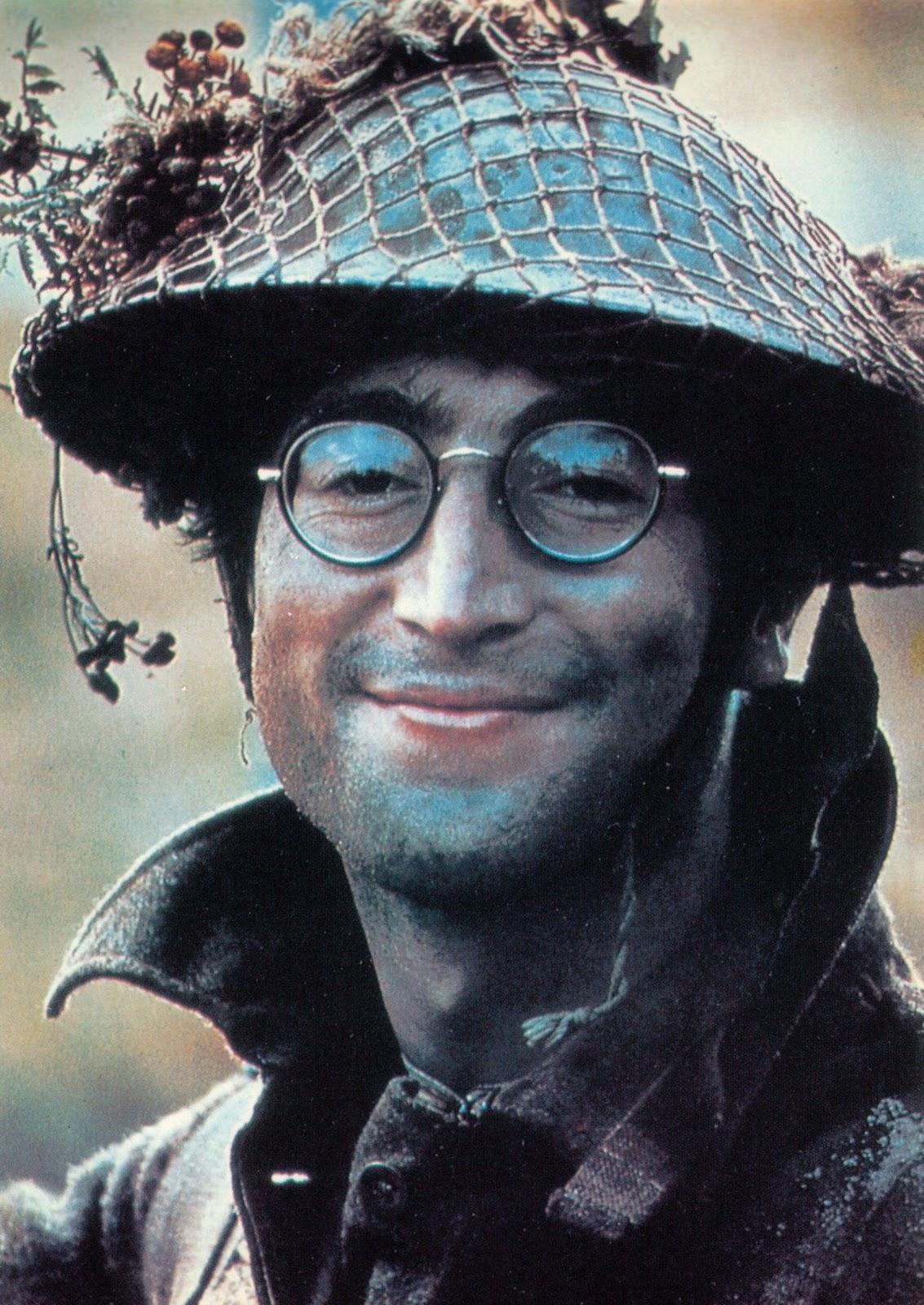The impact of the Swinging Sixties on film and television
In his book ‘Psychedelic Celluloid: British Pop Music in Film and TV 1965-1974’, Simon Matthews details an era of pop-influenced movies and acting credits from Mick Jagger and John Lennon

There has been so much visual documentation of Sixties pop culture – iconic photo shoots, album covers and films of dandies parading down Carnaby Street – that it is easy to forget the impact of this vibrant period on film and television.
This lacuna is addressed by a new book that documents the influence of British music on visual entertainment at the height of the swinging sixties. Psychedelic Celluloid: British Pop Music in Film and TV 1965-1974 covers this time in minute detail, noting the influence of pop on hundreds of productions.
It is the first book by Simon Matthews, a writer for publications such as Record Collector and Shindig!, previously involved in running the British Transport Films documentary library. In Psychedelic Celluloid, Matthews charts how a vast range of musicians dominated the wider scene, from The Beatles, through the influential Pink Floyd to weird cameos from the likes of (a pre-Crazy World of) Arthur Brown.
Because this stampede for pop resources led to a sense of bandwagon-jumping, film and TV from the mid to late Sixties is not as revered nowadays as the earlier kitchen-sink period, dominated by northern scribes and working-class actors making their names with A Taste Of Honey and This Sporting Life. That Matthews’s opening year makes a useful cut-off between the two eras is illustrated by two Fab Four vehicles. First, 1964’s A Hard Day's Night, a relatively sleek movie, shot in black and white, scripted by Alun Owen, who had earned his stripes on social-realist small-screen dramas, and featuring Steptoe And Son's Wilfrid Brambell.
British pop stars, among them Cliff Richard and Tommy Steele, had appeared in many films, but A Hard Day's Night’s global success was unprecedented. In 1964, it was the ninth highest grossing film in the US – even outselling Elvis Presley's Viva Las Vegas. Matthews argues this was “the single event that brought serious US studio money to London and kickstarted [British pop cinema]”. The film already captured some of the new, more sprightly aesthetic, directed as it was by the American Richard Lester, already a dab hand at comedy thanks to his connections to John Lennon faves The Goons. A Hard Day’s Night also had some of the freewheeling, semi-improvised tone of key continental films, among them La Dolce Vita and Jules et Jim.
Sixties pop and films
Show all 7Lester, though, took this style further a year later in the more exuberant Help!, a surreal comedy chase that came with a far higher budget. The director filmed in colour, set scenes in such exotic locales as the Bahamas and brought on board respected thespians Leo McKern and Eleanor Bron. Its script was co-written by American novelist Marc Behm, previously credited on Cary Grant/Audrey Hepburn thriller Charade. Yet the plot was threadbare, held together with barely relevant, promo-style musical sequences. Still, this became a template for further pop films and a definite influence on The Monkees’ TV show.
In the space of a few months, UK dramas in particular had gone from the dour and threadbare to fashionable and fast-paced, in a way that cast a wide shadow. If any film could incorporate a British group or singer, either acting or in a musical cameo, so much the better. Thus Mick Jagger would lead in Performance, Lennon appeared in How I Won The War and the Arthur Brown Set performed in Roger Vadim’s Jane Fonda-starring The Game Is Over (La curée).
For Matthews, the peak of this wave came around 1970, with pop-influenced movies evolving into more sophisticated forms, with concert films such as Glastonbury Fayre and Gimme Shelter alongside experimental works, notably Tony Garnett’s post-Kes permissive documentary The Body, which featured background music from members of Pink Floyd, much of it devised from human sounds such as heartbeats and sneezes. The pioneering prog outfit had already enjoyed a credible cultural impact, beginning with their own light shows, leading to a key scene in documentary Tonite Let’s All Make Love In London, through to soundtrack contributions such as Michelangelo Antonioni’s Zabriskie Point.
Contemporary, leftfield soundtracks were gaining precedence over traditional musicals, so Roger Waters and co missed out when they turned down the chance to have edited excerpts from their album Atom Heart Mother used in Stanley Kubrick’s adaptation of A Clockwork Orange (1971). By then, though, US studios were beginning to pull the plug on investment in British films in the wake of growing losses. The kudos of UK acts was diminishing, thanks to the break-up of The Beatles, The Rolling Stones’ retreat into tax exile and greater sway for American rock groups and singer/songwriters. British film retreated from youthful positivity and vitality, turning to nostalgia and conservatism. The pop age had ended and looking at these images, we have never gone back.
‘Psychedelic Celluloid by Simon Matthews’ is published by Oldcastle Books on 27 October
Subscribe to Independent Premium to bookmark this article
Want to bookmark your favourite articles and stories to read or reference later? Start your Independent Premium subscription today.

Join our commenting forum
Join thought-provoking conversations, follow other Independent readers and see their replies